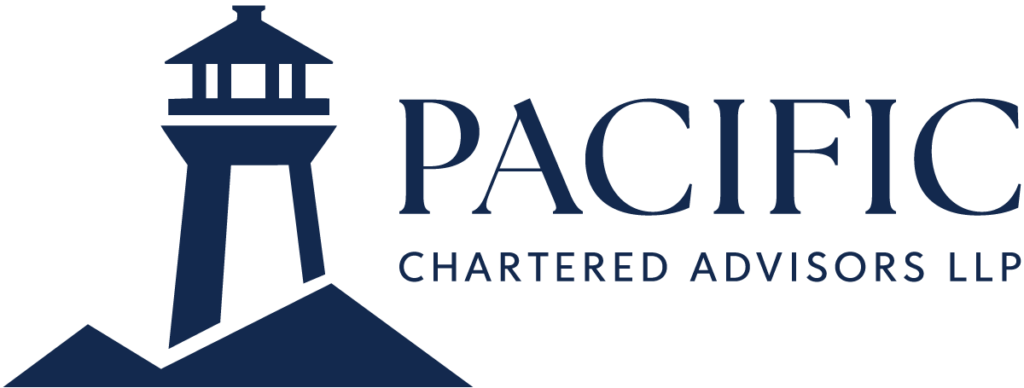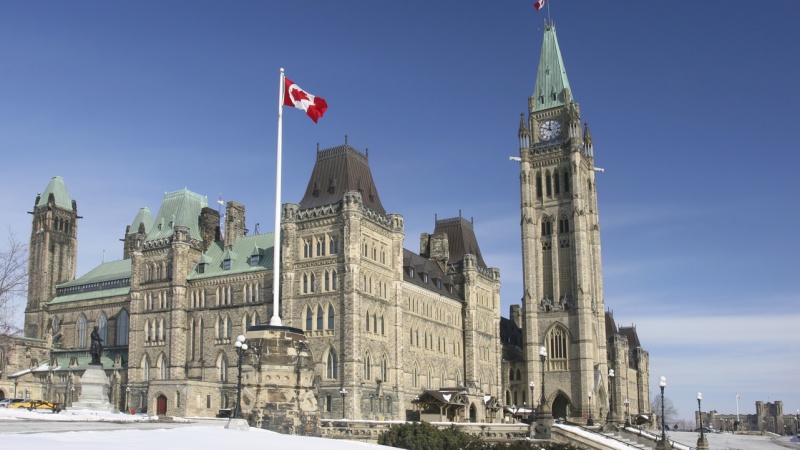I want to share a conversation that I had with a customer of mine, who for the sake of this article we’ll call Sandy. Sandy is an ambitious entrepreneur who has founded and successfully runs her own company out of Vancouver. She has been looking for more ways to be effective with her cash flow and tax dollars. Sitting at a local bistro over coffee I shared with her a relatively simple way to be more efficient with her tax dollars through a vehicle called a Private Health Service Plan (PHSP) or Health Savings Account (HSA) as it is more commonly known.
The PHSP/HSA program has been around since the mid 1980’s and is regulated by the Canada Revenue Agency (CRA), it was originally designed to provide a tax-incentive solution to small and medium sized business in Canada. A PHSP/HSA is one of Canada’s best kept secrets for small and medium business owners – it converts out of pocket, after tax medical expenses, into a before tax business expense. Since a small business owner should be self-insuring their routine, planned, medical events, it makes sense for them to pay in the most cost effective way; as paying for medical bills with after-tax dollars can be onerous.
To make it easier to understand let’s use the same example that I showed to Sandy. We’ll use the province of British Columbia’s tax rates for this example and assume that the entity in question is incorporated. Using a total cost of a $1,000 out of pocket medical expense for the business owner, assuming that the owner lives in British Columbia, and earns $152,000 per year, with a marginal tax rate of 43.70%, the total cost to their business for a $1,000 medical bill is $1,776. In other words, Sandy would need to earn $1,776 to pay for a $1,000 medical bill because 43.70% ($776) additional is required to pay income tax. Compare that to using a PHSP/HSA account where the $1,000 is 100% deductible along with the PHSP/HSA admin fee (usually very nominal) as an expense in your company with no personal tax on the amount. Using our example the approximate savings to Sandy are $476 on $1,000.
Showing this basic example to Sandy, she was very impressed with the tax dollar savings but wondered why she should bother with a PHSP/HSA setup. I explained to her that as a small to medium sized business owner most are not eligible for health insurance plans or the costs are too inhibitive to use. Of course, if you can afford these plans and using them makes sense, they normally still do not cover 100% of the expense, but you can “top up” with a PHSP/HSA plan to cover the shortfall. Second, if you do not have a health insurance plan in place as a business owner you are still paying for the expenses out of pocket and the tax on those amounts associated with taking the money out of your company. Even if the medical receipts are eligible for the Medical Tax Expense Credit on your personal return you are still not claiming them at 100% and the effect on your taxes is watered down after all of the percentages are taken into consideration.
While the above example and discussion are simplified, there are tremendous benefits and advantages to business owners in Canada who run a small or medium sized business in using a PHSP/HSA plan that can save on their tax bill and cash flow needs.









